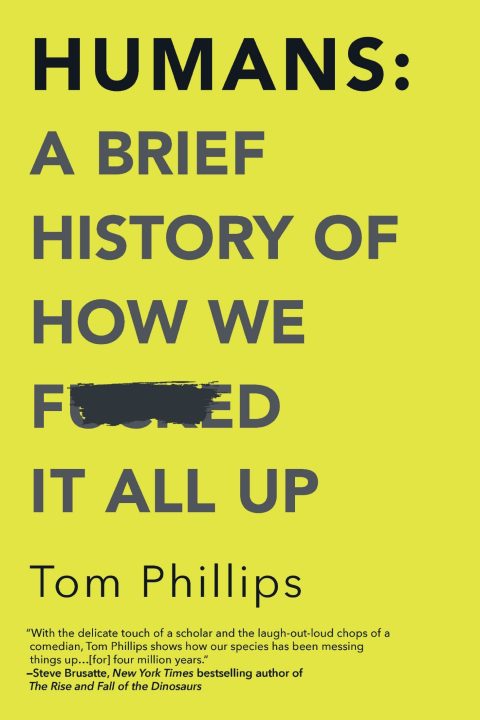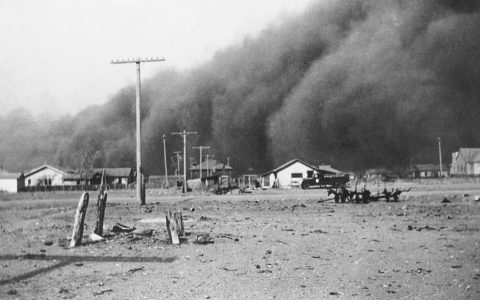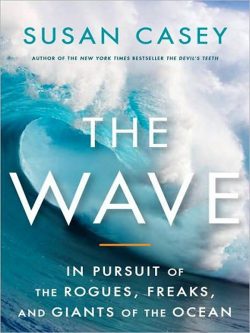
Notes
For all that we manage to shape the world around us, humanity’s true potential for looking like complete idiots was not fully realized until we traveled the world and different civilizations started meeting each other. That’s when we got to really let our hair down and get things profoundly, catastrophically wrong.
From the Introduction
Remember Sigurd the Mighty!
Sigurd died of an infection after the teeth, of his vanquished and beheaded foe, cut his leg as he was riding home in victory.
Chapter 1: Why Your Brain is an Idiot
Modern humans quickly exterminated Neanderthal man, setting the tone for the next 70,000 years.
Our minds are capable of imagining concertos and cities and the theory of relativity into existence, and yet apparently incapable of deciding which type of potato chips we want to buy at the shop without five minutes’ painful deliberation...
...our brains aren’t the result of a meticulous design process aimed at creating the best possible thinking machines; instead, they’re a loose collection of hacks and bodges and shortcuts that made our distant ancestors 2 percent better at finding food, or 3 percent better at communicating the concept “Oh shit, watch out, it’s a lion.” (*8%)
These shortcuts are called heuristics. I never really knew what that meant.
This can lead to people seeing patterns that don't exist, illusory correlation. A prime example is first responders and medical workers convinced that there is more general mayhem during a full moon. This is simply not true, yet these are all trained, educated and competent professionals.
Anchoring means that when you make up your mind about something, especially if you don’t have much to go on, you’re disproportionately influenced by the first piece of information you hear. (9%)
Marketing -- ask for a value and set a range, say more than 200k. Most estimates will be in that vicinity and much higher than if you had set the 'anchor' at 50k.
Availability, meanwhile, means that you make judgment calls on the basis of whatever information comes to mind easiest, rather than deeply considering all the possible information that might be available to you. And that means we’re hugely biased toward basing our worldview on stuff that’s happened most recently, or things that are particularly dramatic and memorable, while all the old, mundane stuff that’s probably a more accurate representation of everyday reality just sort of...fades away.
All you have is the information you get. If the zone is flooded with horrible crime news you will think that the crime rate is higher than it is.
This is why people are more afraid of flying than driving and why fear of terrorism outweighs fear of flooding, which kills far more people than terrorism.
We know this and do it anyway, because of...you guessed it, confirmation bias. People hate to be wrong and will seek out data that confirms their thinking. Confronted with opposing data, even correct data, they will only become more entrenched.
They then seek out like minded people and continually reinforce their already mistaken world view.
You know, like MAGA, the Spanish Inquisition and other cults.
There’s a well-known cognitive problem called the Dunning–Kruger effect, and beyond sounding like an excellent name for a seventies prog rock band, it may be the patron saint of this book. First described by the psychologists David Dunning and Justin Kruger in their paper “Unskilled and Unaware of It: How Difficulties in Recognizing One’s Own Incompetence Lead to Inflated Self-Assessments,” it provides evidence for something that every one of us can recognize from our own lives. People who are actually good at any particular skill tend to be modest about their own abilities; meanwhile, people with no skills or talent in the field wildly overestimate their own competence at it. (11%)
Then there's plain old greed, the "tragedy of the commons".
These factors, piled up on each other and exacerbated by social media and the overwhelming glut of information imposed on all but the most hermetic of us, lead to the same mistakes over and over. In the most extreme sense it leads to prejudice, racism and bigotry. Why wouldn't you feel a group is inferior if it was all you were taught, all that you saw and everyone around you felt the same way?
Basically, we're all idiots and it's amazing we've made it this far.
Chapter 2: Nice Environment You've Got Here
Around 13,000 years ago in the Fertile Crescent of ancient Mesopotamia, humans started doing things very differently. (14%)
Farming. Why go to food when you can make it and stay home. People are lazy too.
Bad idea?
Jared Diamond thinks so:
Forced to choose between limiting population or trying to increase food production, we chose the latter and ended up with starvation, warfare and tyranny. (Jared Diamond for Discovery magazine, 1987)
Diamond's probably wrong, but there are legit concerns; for example, the landscape modification agriculture on a large scale requires. Unforeseen consequences and all, like the Dust Bowl of the 30's , the disappearance of the Aral Sea or potentially the downfall of the Mayan culture.

Oklahoma, circa 1936.
This not a good thing and lasted for a decade.
The Aral Sea was once the size of Ireland. Now it's the size of a mid lake in the Ozarks. This is entirely due to the diversion of water for agriculture.

The Aral Sea.
... the thing when a lake disappears is that all the stuff in the water...doesn’t. Salt, particularly. While the Aral Sea receded, the salt continued to hang around, making the waters saltier and saltier and less and less capable of supporting life. The salt density rocketed by a factor of ten, which killed virtually every living thing in the lakes, destroying a thriving fishing industry that had supported 60,000 jobs. (16%)
This is just agriculture and we can't forget mining (entire mountains ground to dust and rubble) and manufacturing as a whole.
They've set the Cuyahoga river on fire at least a dozen times.
After all, theirs wasn’t even the only burning river in the country at the time. The Buffalo River caught fire in 1968, the year before Cuyahoga, while the Rouge River in Michigan burst into flames just a few months after it in October 1969. (18%)
Who knew river fires were common?
Dead zones in the Gulf of Mexico, the Great Pacific Trash Vortex. It isn't just fires on rivers, but tens of thousands of acres of open ocean.
Easter Island (Rapa Nui)
First Europeans, the Dutch in 1722.
Those statues required tons of wood to move, the houses they lived in took wood and the canoes they fished from used wood. On a small cold island once those trees were gone, they were gone.
In the end, they all died but the statues remain.
Chapter 3: Life, Uh, Finds a Way
Alongside the development of planting crops, the first farmers all those thousands of years ago started to do something else that would change our world in strange and unpredictable ways—they began domesticating animals. (21%)
Dogs first, 40,000 or so years ago.
Goats and sheep next - 11,000 years ago.
Pigs and guinea pigs next.
1859 - Thomas Austin import rabbits to Australia. A sheep farmer with 29,00 acres Austin imported all sorts of animals, but the rabbits were a hit.
By the 1920s, at the height of the rabbit plague, Australia’s rabbit population was estimated at 10 billion. There were 3,000 of them for every square mile. Australia was quite literally covered in rabbits. (23%)
They tried everything, "...In the 1900s, they built a fence over a thousand miles long."
This wasn't solved until the early 90's. In 1995 an experimental virus escaped from an offshore lab.
Fortunately, it killed rabbits and not people.
Yep, in 1995, the virus got loose and spread to the mainland. Life broke free, in this case by hitching a ride on some flies. But having accidentally released a deadly (to rabbits) pathogen into the wild, the scientists were rather pleased to note that. (24%)



